More quickly than terrible weather, a broken mask strap or fractured snorkel may destroy your beach day. Most snorkelling problems originate from equipment problems that only take a few seconds to find prior. To prevent frequent headaches while in the water, this brief instruction will walk you through checking your mask, snorkel, and fins. A few minutes of inspection now will help you concentrate on appreciating the fish and coral rather than on handling leaks or breakage later.

Why is Inspecting Your Snorkeling Gear So Important?
Frequent equipment inspections have various useful advantages that improve your time on the water and increase its safety.
Prevents Dangerous Water Emergencies
Broken tools can pose actual dangers. When you most need visibility, a leaking mask compromises it. Unnexpectedly, a cracked snorkel could fill with water. Particularly in currents, broken fin straps can cause difficulties in swimming properly. For beginners or while snorkelling in far-off areas, these issues get more critical.
Ensures Clear Vision and Easy Breathing
Simply said, well-kept equipment performs better. A well-sealed mask provides great underwater views free from continual adjustment. Normal breathing rather than limited airflow is made possible by a clean, unbroken snorkel tube. Good fins enable effective mobility free from additional leg effort. You see the fish, not your equipment, when your gear runs as it should.
Extends Equipment Lifespan and Saves Money
Quick inspections aid in early problem identification. Finding a loose screw on your mask frame or early indicators of rubber degradation allows you to conduct easy repairs before costly replacements are needed. This focus increases the useful lifetime of your equipment from months to years, therefore saving waste and money.
Reduces Anxiety and Improves Your Experience
Using tools you have personally verified builds confidence. You can concentrate totally on exploration instead of worrying about any underwater mishaps. This mental ease lets you appreciate the weightless sensation, vibrant fish, and unusual underwater scenery that make snorkelling rewarding.
Key Snorkeling Gear Components and What to Inspect
Knowing what to look for when checking your gear makes all the difference. Each piece of equipment has specific parts that need regular inspection. Here's a detailed breakdown of what to examine on your mask, snorkel, and fins before your next water adventure.
Snorkel Mask Inspection
The mask is your window to the underwater world. A properly functioning mask creates a watertight seal and gives you clear vision.
Mask Skirt
The flexible silicone or rubber skirt creates the critical seal between your face and the mask. When examining the skirt:
- Run your fingers around the entire edge, feeling for tears or rigid areas. Even small tears can break the watertight seal.
- Check for discoloration or stickiness, which indicates the silicone is breaking down from sun exposure or improper storage.
- Make sure the skirt remains flexible. Older masks often become stiff, making them unable to conform to facial contours.
- Remove any hair, sand, or sunscreen residue along the sealing edge that could prevent a proper seal.
Mask Lens
The lens quality directly affects your underwater viewing experience:
- Hold the mask up to light to spot any cracks or chips in the lens.
- Look for scratches that might distort vision or create focal points for fogging.
- Check that the lens sits firmly in the frame without gaps or movement when pressed gently.
Mask Strap and Buckles
The strap keeps your mask in place during your swim:
- Stretch the strap to check for cracks or loss of elasticity. A worn strap may snap unexpectedly underwater.
- Test each buckle by adjusting it several times. Buckles should move smoothly but hold firmly when set.
- Verify the strap connects securely to the mask frame without signs of tearing at attachment points.
Mask Frame
The frame holds everything together:
- Examine the entire frame for hairline cracks, especially around lens attachments and strap connection points.
- Press gently on different areas to ensure the frame feels solid without flexing abnormally.
- Check that all screws (if present) are tight and not showing signs of rust.
Snorkel Inspection
Your snorkel is your breathing lifeline while face-down in the water.
Snorkel Tube
The main tube needs to be intact for proper airflow:
- Check the entire length for cracks, holes, or dents that could affect airflow or allow water entry.
- Look through the tube toward a light source to spot any blockages or foreign objects.
- Verify that any bends in the tube haven't developed weak spots or pinched areas.
Mouthpiece
The mouthpiece needs to be comfortable and secure:
- Inspect for tears, especially between the bite tabs, where wear typically occurs first.
- Test that the mouthpiece attaches firmly to the tube without wobbling.
- Check the overall condition—mouthpieces harden over time, becoming uncomfortable and less effective.
Snorkel Keeper/Clip
This small but crucial component attaches your snorkel to your mask strap:
- Make sure the clip isn't cracked or broken in a way that might cause it to detach underwater.
- Test that it grips the mask strap firmly without slipping.
- Check that it attaches securely to the snorkel tube.
Top of Snorkel (Dry Top/Splash Guard)
For snorkels with special top mechanisms:
- Check that the float valve or splash guard moves freely without sticking.
- Look for cracks in the plastic housing that could affect its water-blocking ability.
- Ensure any hinged parts open and close properly without debris interference.
Purge Valve (If present)
The purge valve allows easy clearing of water:
- Inspect the valve cover for cracks that would allow unwanted water entry.
- Gently press the valve to ensure it moves and springs back correctly.
- Check that the valve area is clean and free of sand or debris that could prevent proper sealing.
Fins Inspection
Fins provide the propulsion power for your snorkeling adventure.
Fin Blade
The blade creates forward momentum with each kick:
- Check for cracks, especially near the foot pocket connection, where stress concentrates.
- Look for tears along the edges or splitting between layers on composite fins.
- Verify the blade maintains its proper shape without permanent bends or warping.
- Ensure any side rails are intact and firmly attached to the main blade.
Foot Pocket
The foot pocket needs to fit comfortably while transferring energy to the blade:
- Inspect for tears or holes, particularly in high-wear areas near the toes and heel.
- Check that the material remains flexible without brittleness or excessive stretching.
- Make sure drainage holes (if present) aren't blocked with sand or debris.
Heel Strap and Buckles (for open-heel fins)
For adjustable fins, these components secure the fin to your foot:
- Stretch the strap to test for elasticity and signs of cracking or brittleness.
- Operate each buckle several times to ensure smooth adjustment and secure locking.
- Check attachment points where the strap connects to the fin for any signs of pulling away or damage.
Taking a few minutes to inspect each of these components before your snorkeling trip helps prevent the most common equipment problems.

When Should You Inspect Your Snorkeling Gear?
Good timing of gear inspections helps avoid problems before they affect your underwater experience. Every inspection point has a unique goal in preserving equipment dependability.
Before Each Use
A quick pre-snorkel check takes just moments but can prevent frustrating problems. This brief inspection catches overnight damage and transport-related issues before you enter the water. Skipping this step often leads to discovering leaks, blockages, or comfort problems only after swimming, when solutions are much more difficult.
After Each Use
Post-snorkel inspections protect your investment long-term. Salt and sand left on equipment accelerate deterioration, while fresh damage is easier to spot immediately after use. This timing also allows you to address any issues you noticed while snorkeling. Neglecting this care routine significantly shortens your gear's lifespan and leads to unexpected failures.
Before a Trip
Vacation preparation demands a thorough equipment review at least two weeks ahead. This timing provides enough lead time to replace or repair anything questionable before departure. Many snorkelers have learned this lesson the hard way after discovering serious equipment problems at destinations where replacement options are limited or nonexistent.
After Storage
Seasonal or long-term storage often results in unique material deterioration. Silicone hardens, straps lose elasticity, and plastics may warp even when properly stored. Examining gear after storage prevents the disappointment of discovering these issues on your first outing of the season, when you're most excited to get back in the water.
What to Do If You Find a Problem During Snorkeling Gear Inspection
Regular inspections sometimes reveal problems with your gear. You will have to decide how to manage this. Here's what seasoned snorkelers advise when issues surface.
Don't Use Damaged Equipment
Safety comes first than skipping a snorkel. Use no gear with damaged snorkel tubes, cracked lenses, or torn silicone. In deeper situations, a mask that leaks somewhat in shallow water can fail entirely. Inaccurate swimming could result from damaged fins. One day of missing snorkelling is preferable to endangering your safety using equipment you know has faults.
Fix What You Can Safely Fix
There are some problems with which one may easily solve. On mask frames, tighten loose screws; clean sandy buckles; straighten twisted straps. Know your boundaries, though. Unless you have experience, try not difficult fixes like silicone or lens resealing. Should a repair call for certain tools or technical knowledge, it is most likely not a simple fix you should attempt yourself.
Replace Parts or Whole Items When Necessary
The separate replacement of many gear components is possible. Often, less than a new item overall, mask straps, mouthpieces, and fin buckles are at the first hint of wear, and replace safety components, including mask straps. When essential components fail or when you discover several issues at once, think of full replacement. Long-term dissatisfaction and wasted money frequently follow from attempts to prolong the life of failing machinery.

Inspect Your Snorkeling Gear Regularly
Spending some time to inspect your snorkelling gear helps with most water issues. Before each usage, check your mask, snorkel, and fins; after swimming, before traveling, and after storage. When you discover problems, avoid using defective equipment; either fix what you can safely repair, replace worn-out components, or get professional advice when in doubt. These small behaviors guard your investment as well as your safety. Remember that while you're swimming over a stunning coral, recognizing issues on shore is always easier than handling equipment breakdowns.

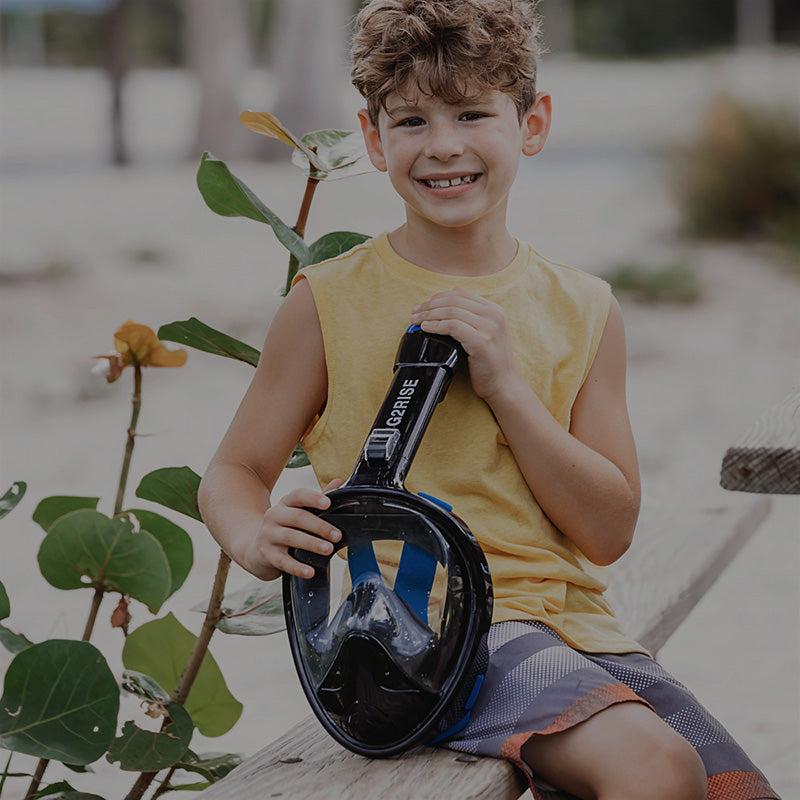
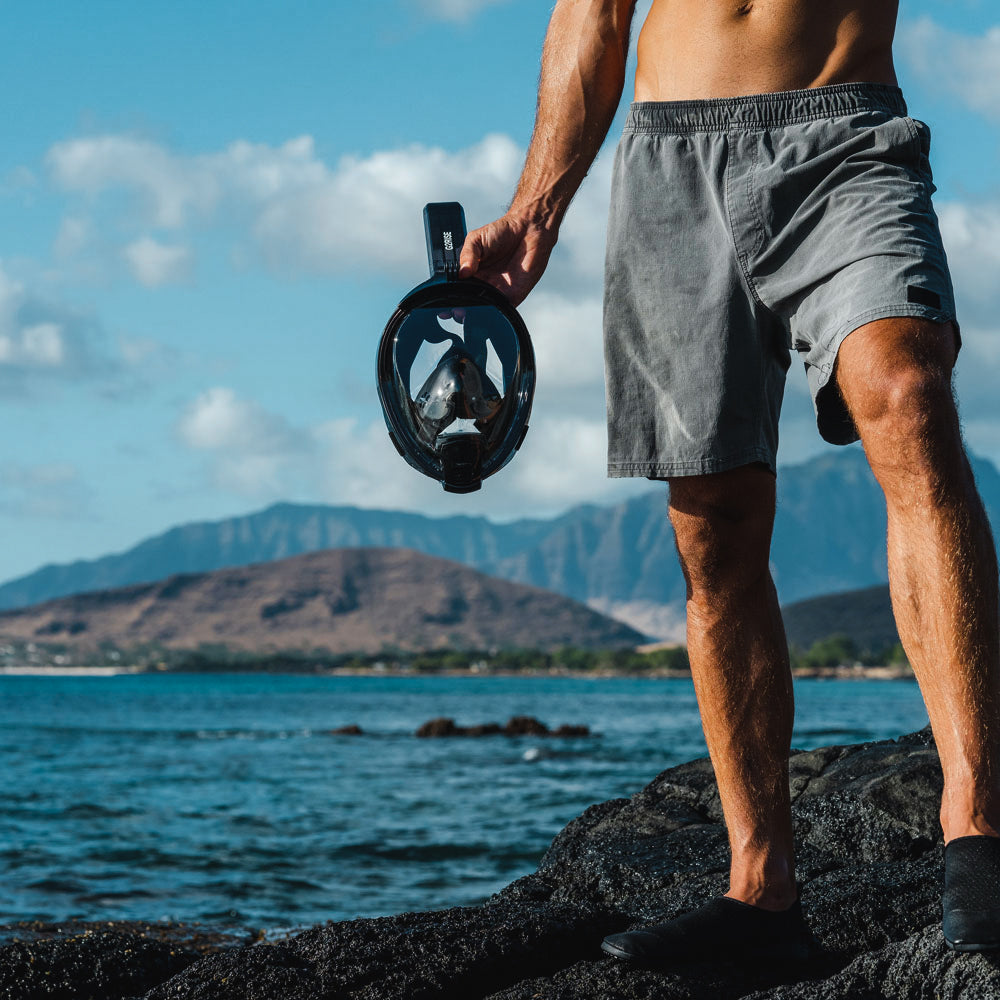

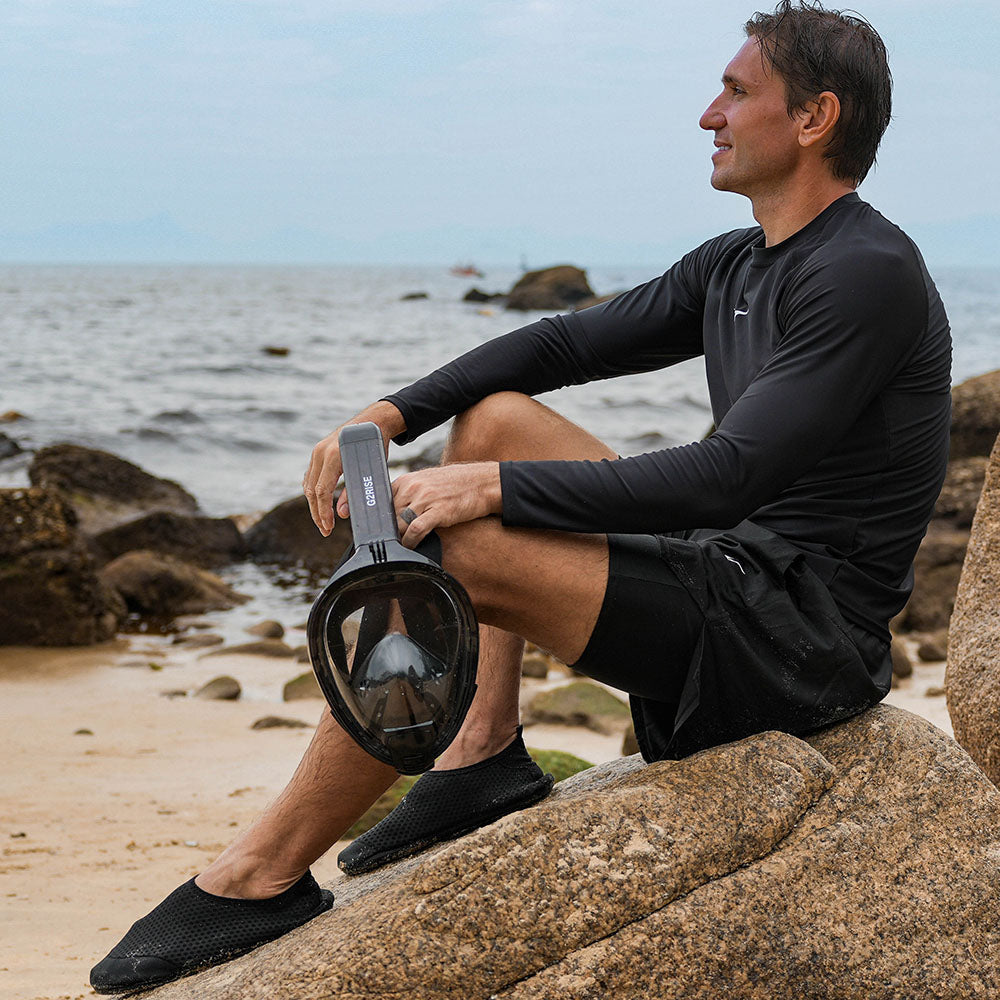

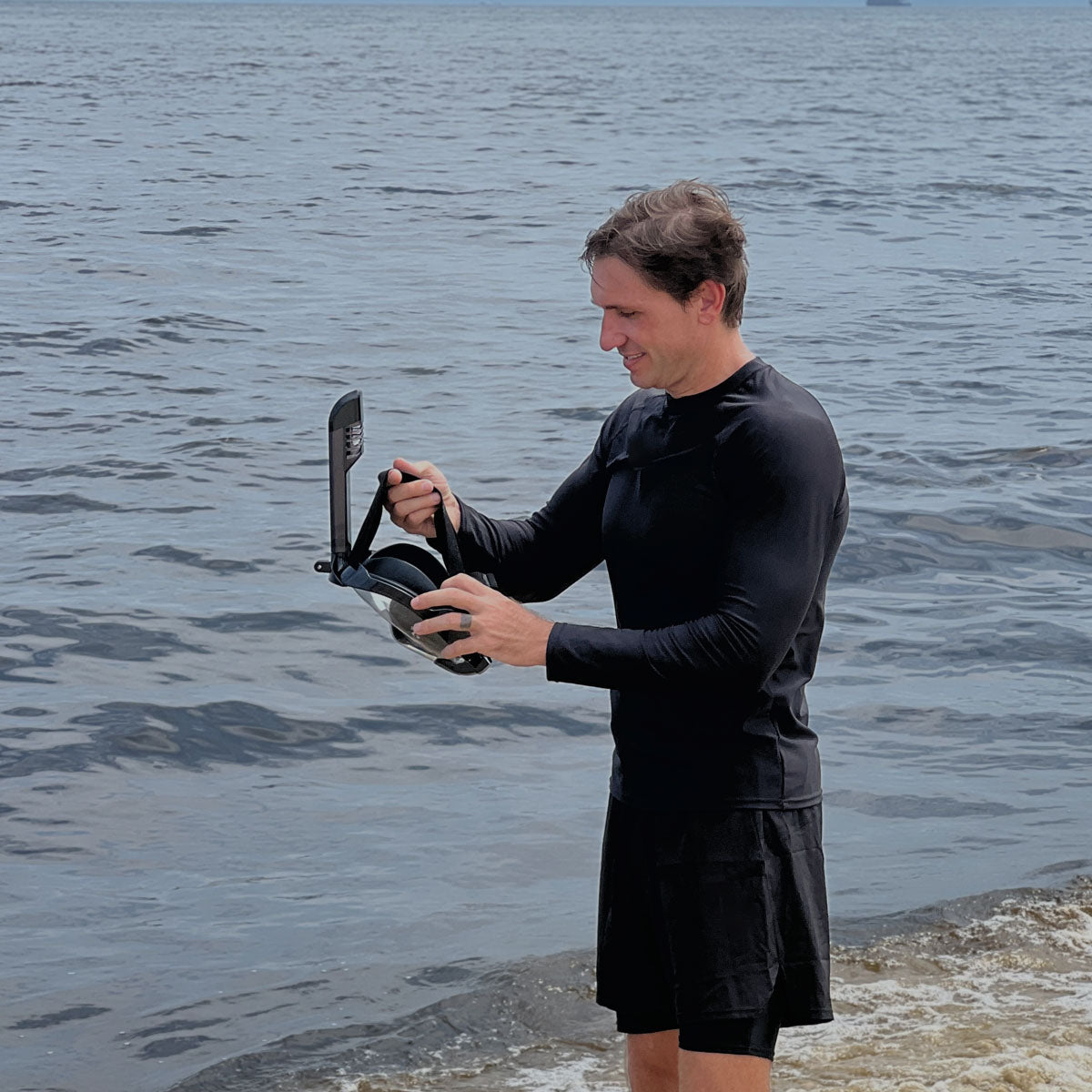
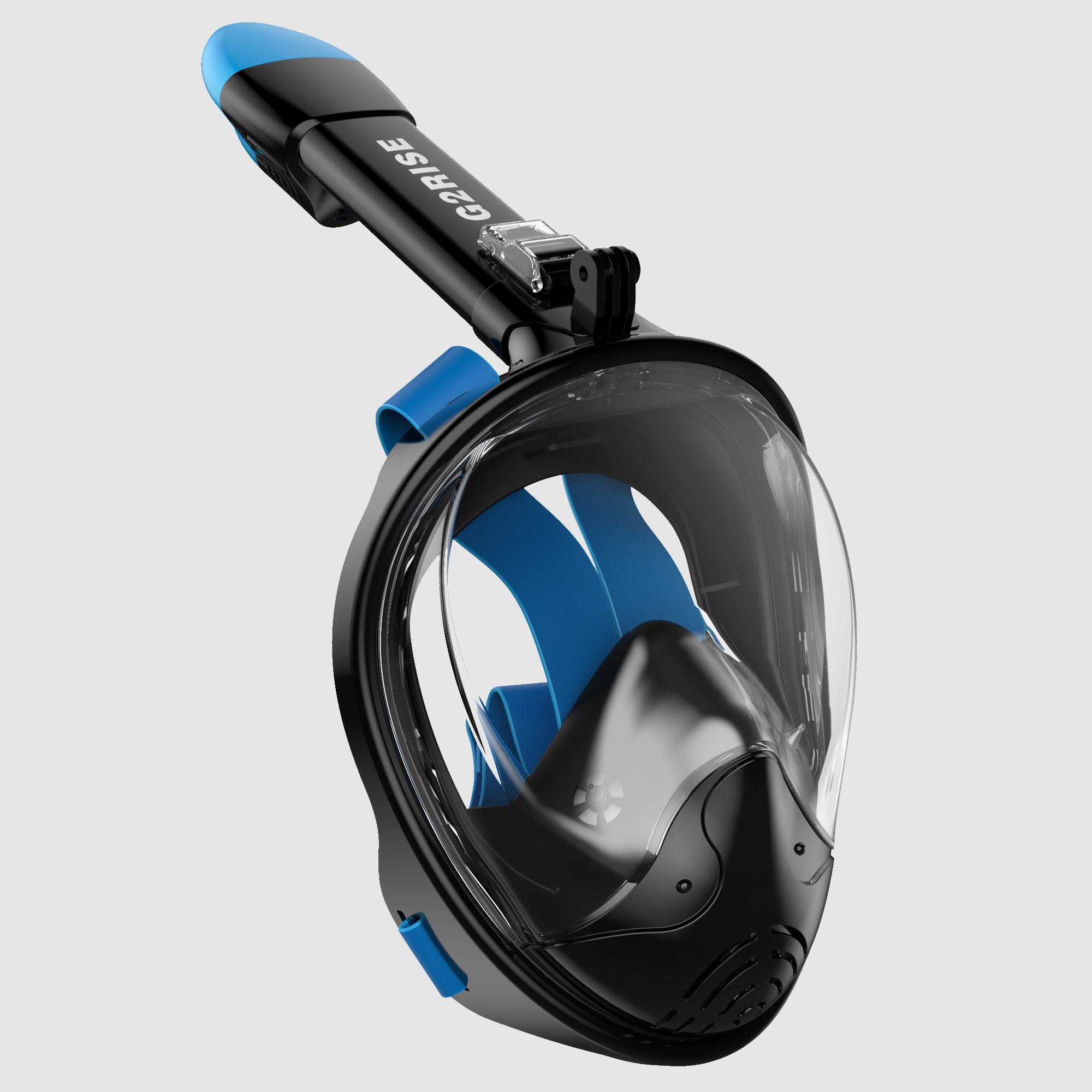
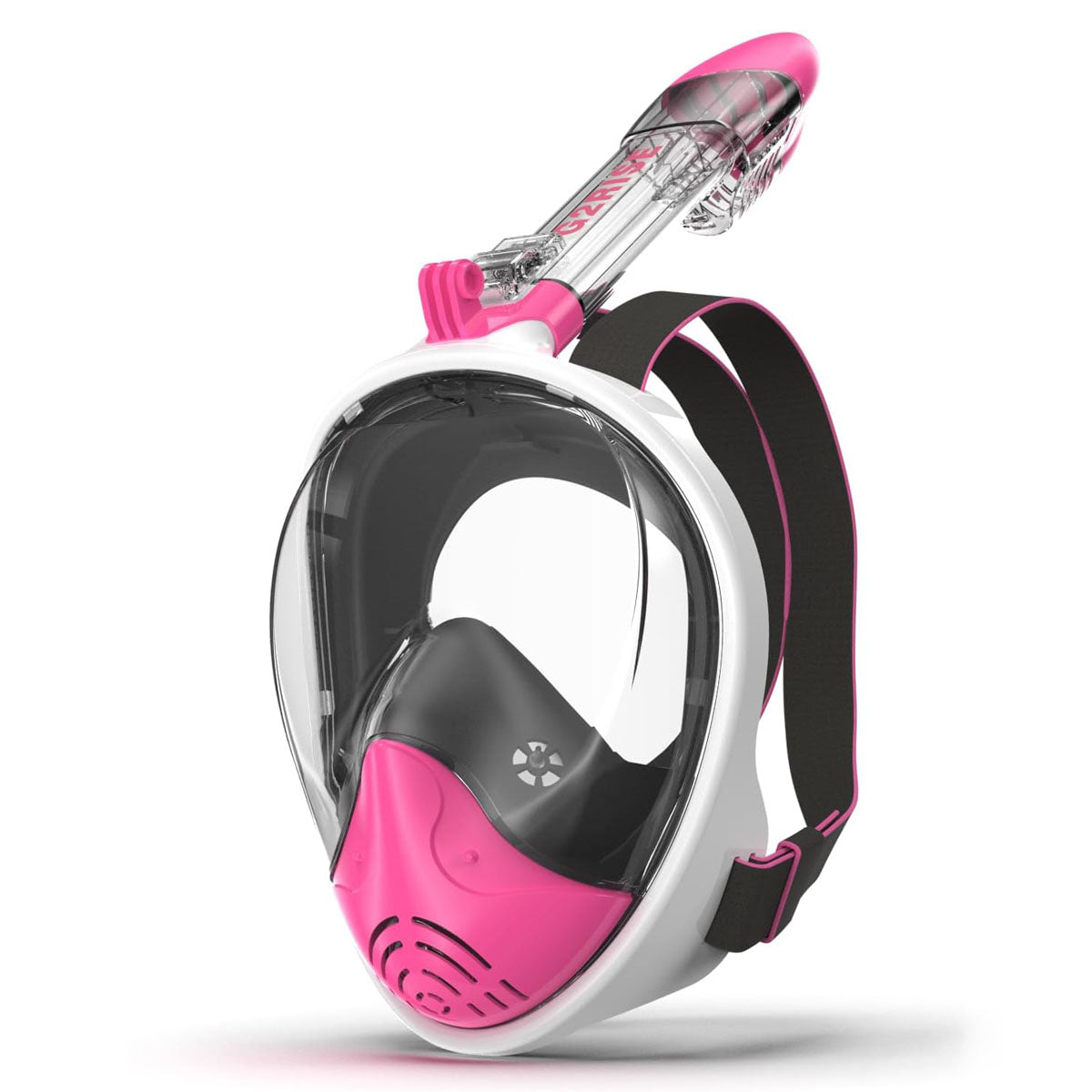

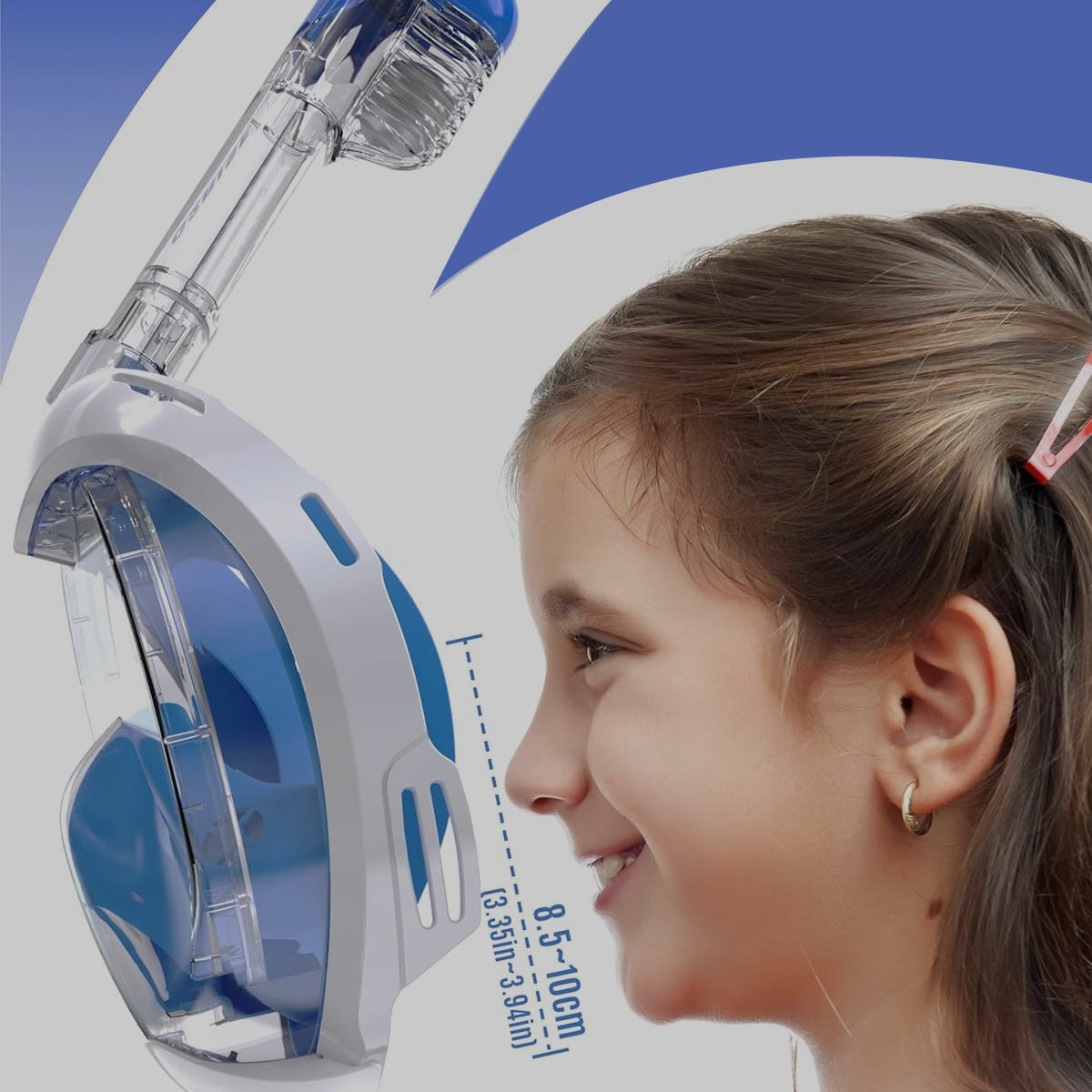
Leave a comment
This site is protected by hCaptcha and the hCaptcha Privacy Policy and Terms of Service apply.